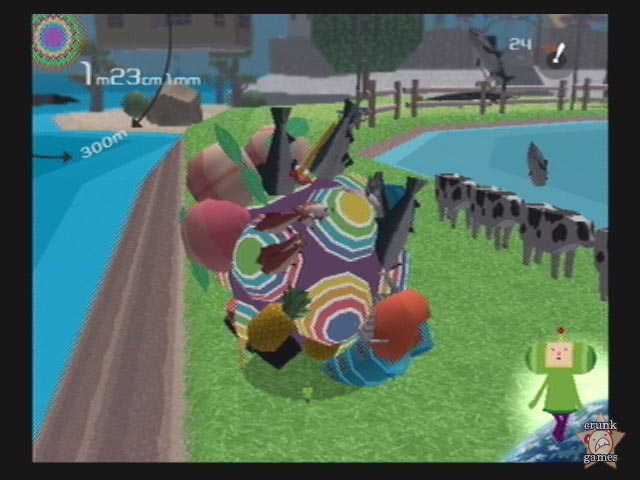Why LBS Applications Fail by David H. Williams is a good overview of issues regarding the problems of location-based applications. The author describes them at the 7 deadly sins...
 The Seven Deadly Sins of Location-Based Services. Source: E911-LBS Consulting 2006.
The Seven Deadly Sins of Location-Based Services. Source: E911-LBS Consulting 2006.
Regarding my own interests (the user experience of location-awareness), here are some excerpts that I found interesting:
Sin #5- Flawed Technical and User Design This is the failure to design toward the specific value proposition that is important to the target markets. Root causes include:
- Inattention to use cases of the service, the associated user interface, and the degree of personalization of the service
- Lack of creativity and innovation
- Not recognizing all the complexities involved in an LBS deployment: application setup, network and operational processes and systems, business operations and customer service
- Failure to adapt to realities of wireless device information presentation limitations
Sin #7 - Deficient Marketing This refers to the inability to get visibility in the marketplace. Root causes include:
- Taking a mass market approach versus niche product marketing
- A tendency to adopt a "Build It and They Will Come" mentality, while losing focus on the key value proposition(s)
- Not recognizing that customer education and giving the customer a sense of personalization is essential
Why do I blog this? I am gathering some thoughts for a talk about the user experience of LBS, the situation is not that different form 2 years ago. The article offer some relevant insights but here are some weird points (like "An example of a company that does a good job of identifying and targeting opportunities is Virgin Wireless, one of Richard Branson's companies. The company's vibrant marketing strategy, using billboards and the company's website, clearly targets teenagers with its "cool" slogans, brightly colored phones and simple plans."). If that's a good way to "identity and target opportunities"... :(




 (picture from a project called “N8Spel” a project by Just van den Broecke, not cited in this paper but I quite like it)
(picture from a project called “N8Spel” a project by Just van den Broecke, not cited in this paper but I quite like it)


 I am not a fan at all of survey (especially in this case: we don't have any ideas about how it has been conducted) but it's like a barometer that gives the zeitgeist of the industry. Even though I find it pretty okay for the navigation and fleet tracking, I am curious about what is behind the figures for the location-based entertainment/games or information services. So far it was mostly prototypes with a low user adoption.
I am not a fan at all of survey (especially in this case: we don't have any ideas about how it has been conducted) but it's like a barometer that gives the zeitgeist of the industry. Even though I find it pretty okay for the navigation and fleet tracking, I am curious about what is behind the figures for the location-based entertainment/games or information services. So far it was mostly prototypes with a low user adoption.


 The list is aimed at describing "prevailing tendencies permeating research, product development and service design within the field of information technology" It "outlines the ten most commented, applied, discussed and "hot" tendencies right now".
Why do I blog this? even though I do agree with the facts that location-awareness applications are a hot trend in research and R&D (+ some prototypes have been shipped to the market), I am a bit skeptical about the applications described in this snippet. As I
The list is aimed at describing "prevailing tendencies permeating research, product development and service design within the field of information technology" It "outlines the ten most commented, applied, discussed and "hot" tendencies right now".
Why do I blog this? even though I do agree with the facts that location-awareness applications are a hot trend in research and R&D (+ some prototypes have been shipped to the market), I am a bit skeptical about the applications described in this snippet. As I 



